TOP STORIES
REGULARS
Sneakers Inspired By Vintage Space Suits Are Back
Although not actually worn by real-life astronauts, ‘Moon Boots‘ were still an incredibly popular fashion fad during the ’80s. And, 30 years later, designers like Raf Simons are still being inspired by the complex space suits that NASA developed to allow astronauts to safely walk in the vacuum of space.
All The Faces Of Ultron: The Design Evolution Of The Avengers' Arch-Enemy
Outstanding illustration of the new Ultron on the cover of Empire this week. I remember how fascinated I was the first time I saw Ultron in Avengers. It was issue #162, published in 1977 — I saw it much later because it arrived to Spain in 1980s. Here’s how artists changed Ultron’s appearance through the years:
BlackBerry Classic Review: Good At Being A BlackBerry, And Not Much Else
Let’s talk about the word “classic.” Classic can mean “timeless,” as in an ageless beauty that never fades or a joke with a punchline that always hits. It can also mean “old,” like the candy red ’57 Chevy you’ll probably never see on a modern highway. Which one describes the BlackBerry Classic? Take a guess.
This Concept Has A Use For Old Modular Phone Parts: A Supercomputer
Modular phones are certainly a popular idea right now, even if they’re currently failing to deliver on their promise. But there’s already a suggestion about what could happen to their parts when they’re no longer wanted: they could simply slide together to form a supercomputer.
Beyond The Line Call: How Technology Is Changing Tennis
The evolution of professional tennis has always been linked to the changing technology of the day. For example, the decline of the wooden racket lead to the whole new power-based style of play we enjoy today. One of the more recent introductions to have significant impact is Hawk-Eye ball tracking.
It’s certainly transformed the way we watch and adjudicate tennis. But can we go further and utilise this truly awesome technology to improve the on-court performance of the competitions elite?
CERN Wants Artists And Architects Working Alongside Its Physicists
What do art and high-energy physics have in common? Quite a bit, if you think about it: Space, time and the structure of the visible and invisible world, for starters. That’s why CERN has spent the past four years inviting artists into its headquarters, and why, for the first time, it’s now inviting an architect to stay.







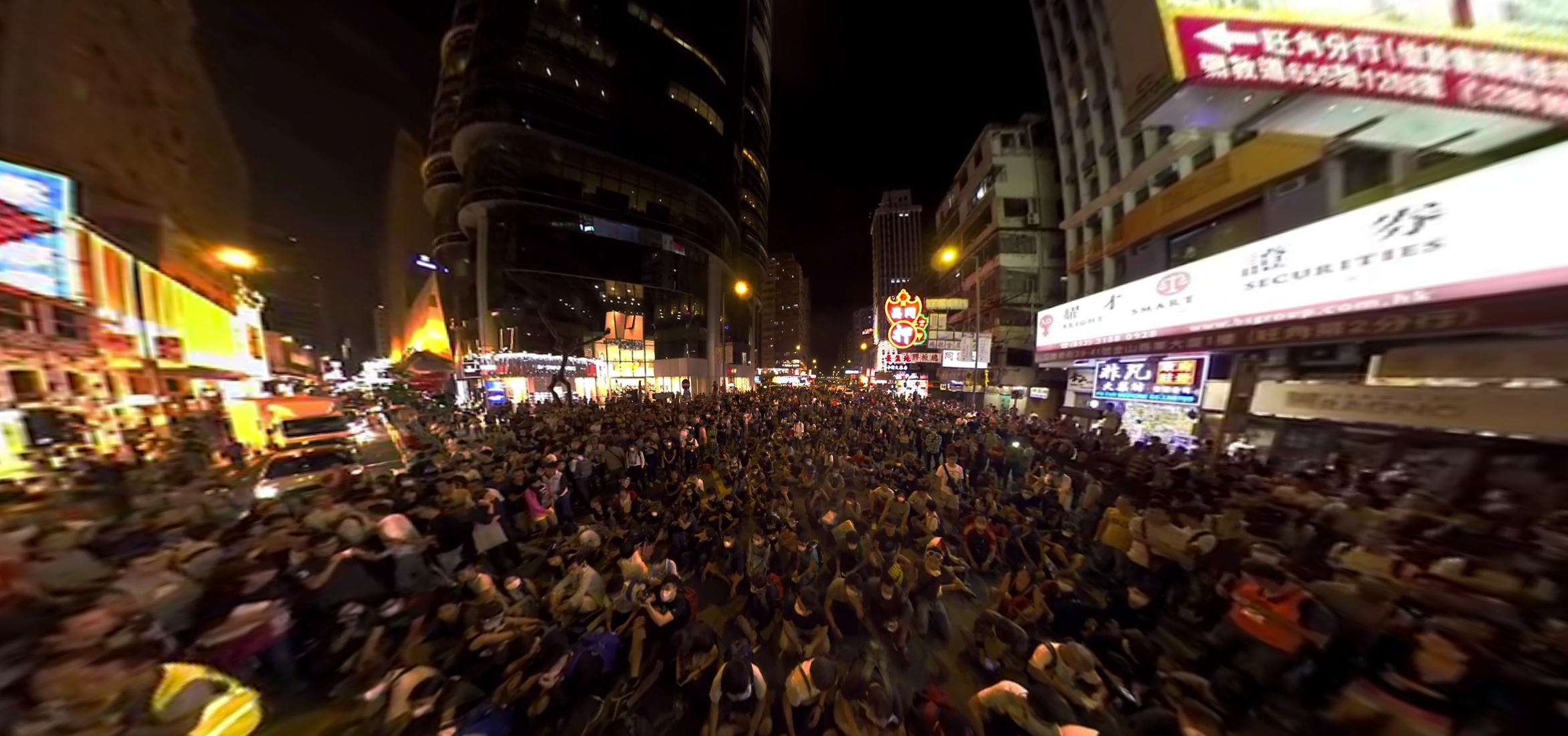
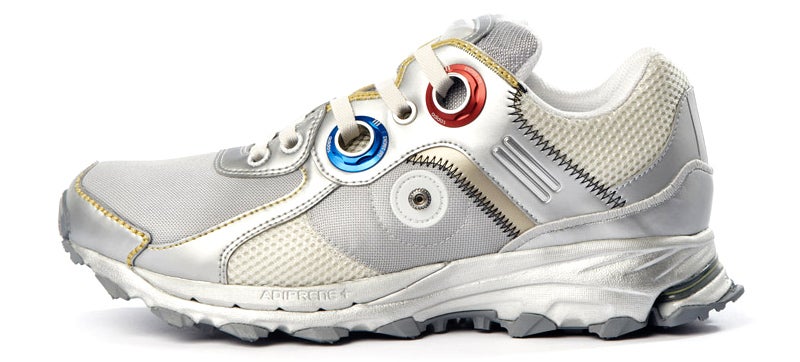



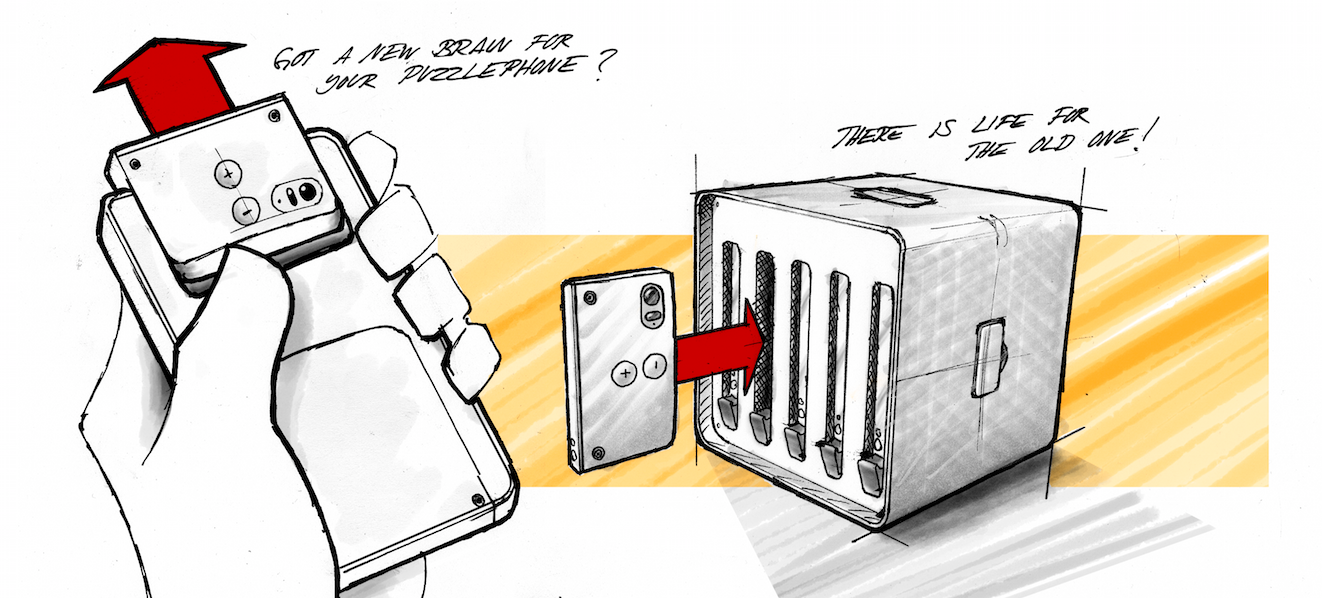



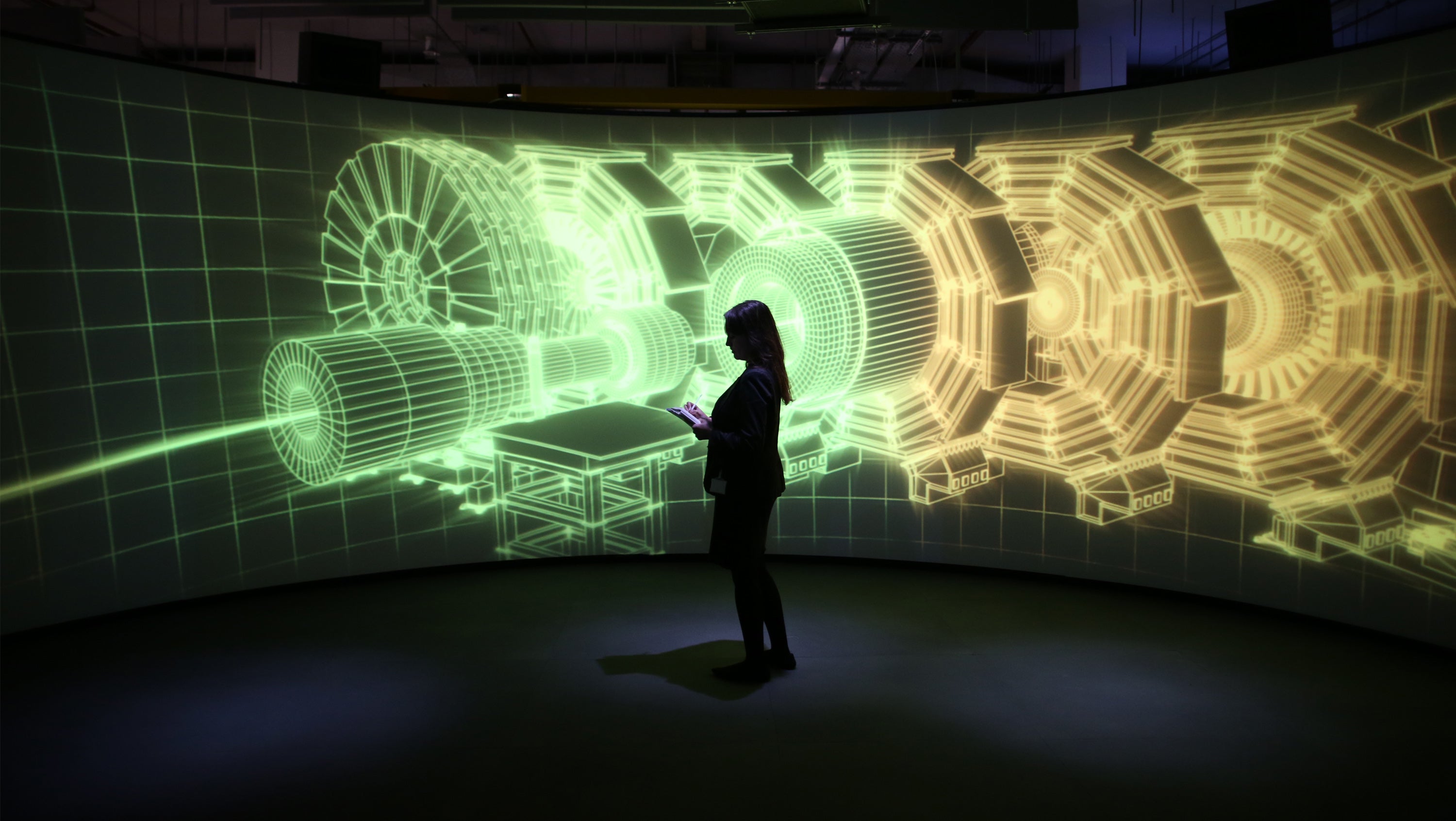



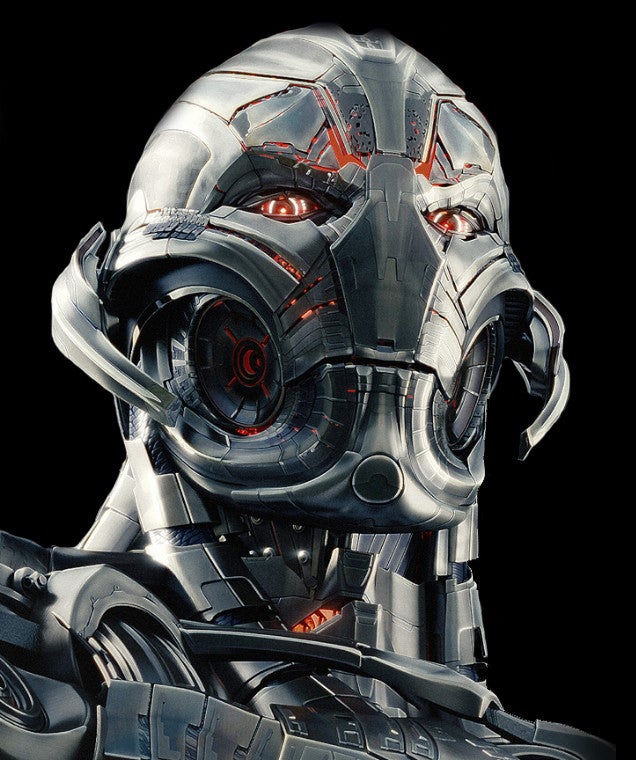






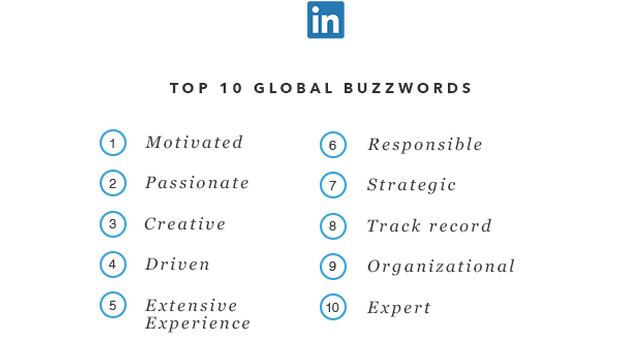



No comments:
Post a Comment
Please leave a comment-- or suggestions, particularly of topics and places you'd like to see covered